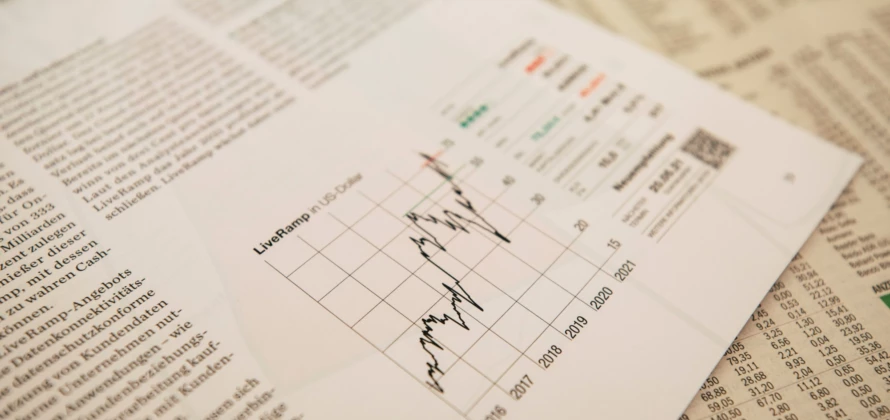
The History & Roots of the Housing Bubble
The housing bubble was a significant event in the history of the United States economy that had far-reaching consequences for the financial system and the lives of millions of Americans. In this blog, we will explore the history of the housing bubble, from its early stages to its eventual collapse and aftermath.
The Roots of the Housing Bubble
The roots of the housing bubble can be traced back to the early 2000s, when the Federal Reserve began lowering interest rates in response to the economic downturn that followed the dot-com bust. This led to a surge in demand for mortgages, as homeowners took advantage of low-interest rates to refinance their homes or buy new ones.
At the same time, banks and other financial institutions were looking for new ways to generate profits. One way they did this was by creating new financial instruments, such as mortgage-backed securities (MBS), which are bundles of mortgages that are sold to investors. These instruments allowed banks to make profits by selling mortgages to investors, rather than holding onto them and collecting interest payments over time.
As demand for mortgages continued to rise, banks began to relax their lending standards. They began offering mortgages to people who previously would not have qualified, such as those with poor credit histories or low incomes. This led to a surge in demand for housing, which in turn drove up prices.
The Housing Boom
As housing prices continued to rise, many people began to see real estate as a surefire investment. This led to a housing boom, with people buying homes not just to live in, but also as a way to make money. This created a feedback loop, as rising demand for housing drove prices even higher, leading more people to buy homes as investments.
At the same time, the financial industry was creating new and complex financial instruments, such as collateralized debt obligations (CDOs), which were bundles of MBS and other debt instruments that were sold to investors. These instruments were often based on high-risk mortgages, such as subprime mortgages, which were given to people with poor credit histories.
The Collapse of the Housing Bubble
The housing bubble eventually burst in 2007, as a combination of factors led to a sharp decline in housing prices. One of the main factors was the large number of people who had taken out subprime mortgages and were unable to make their payments. This led to a wave of foreclosures, which flooded the market with homes and drove down prices.
At the same time, the financial industry began to realize that many of the complex financial instruments it had created were based on risky mortgages that were unlikely to be repaid. This led to a crisis of confidence, as investors began to realize that the value of these instruments was much lower than they had been led to believe.
The Collapse of the Housing Market
The collapse of the housing market had far-reaching consequences for the U.S. economy. The financial industry suffered huge losses, as many of the complex financial instruments it had created became worthless. This led to the failure of many banks and other financial institutions, as well as a sharp decline in the stock market.
The housing market itself was also severely impacted. Millions of people lost their homes to foreclosure, while many others saw the value of their homes decline sharply. This led to a wave of bankruptcies and job losses, as people were unable to keep up with their mortgage payments.
Conclusion
The housing bubble was a significant event in the history of the United States economy. It was fueled by a combination of factors. There is no indication that another Housing Bubble is on the horizon.